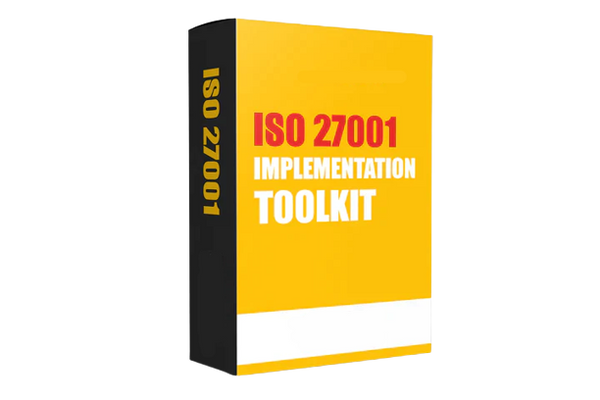Excel Template for Managing Information Security Risks
ISMS Information Security Risk Management is the process that organizations use to identify and manage risks associated with using and managing IT. Information risk management is also known as IRM. This has been around for a long time and is essential to any organization that deals with sensitive information.
Information Security ISRM is the process that an organization uses to manage the risks related to all its information assets. It includes everything, from how the data is stored to what steps are taken to prevent unauthorized access.
IRM is a complex topic. It involves many factors, including data classification, system configurations, preventing unauthorized access, training personnel on data protection, planning incident responses, etc.
Why Does Risk Management Matter in Information Security?
ISMS Information Security risk management is an integral part of information safety. Organizations must identify their risks and work to reduce the impact they have on them. There are many different Information Security Risk Management strategies. Some focus on avoiding and preventing risks, while others manage them after they occur.
There are many sources of risk, both inside and outside the organization. Hazards include:
- Technology Failures: Devices and systems can malfunction, resulting in data loss or system failure.
- Human error: Entering incorrect data, clicking malicious links, or making a simple mistake.
Risk Management Methodology:
ISMS is Information Security Risk Management. It involves systematically identifying and analyzing risks. It can help businesses avoid problems that may disrupt operations or cause financial losses. The risk management method has three main steps: analyze, plan, and implement.

- Analyze: In the ISMS Information Security Risk Management Process, the first step is to analyze the risk. It involves identifying all possible risks that may affect the business and assessing them. To ensure you don't miss anything, it is important to be as thorough as possible. It is important to understand the risks and how they can be managed.
- Plan: The four steps that you need to take are:
1) Identifying risks.
2) Evaluation of those risks
3) Develop a plan of action.
4) Implementing the Risk Management Plan
- Implementation: A risk management implementation is ISMS. The methodology consists of taking a risk and implementing it in a project. The risk management method can be used to assess, monitor, and control risks, as well as communicate them to stakeholders. This methodology also helps guide decision-making by setting boundaries between acceptable levels of risk and unacceptable ones. Implementation is divided into four phases: identification, assessment, evaluation, and selection or elimination.

ISRM Stages:
-
Identify Assets :
-
Identify Vulnerabilities:
ISRM is an assessment model for. The ISRM focuses on identifying weaknesses within an organization to assess risks and prioritize possible countermeasures. Each stage of the ISRM uses a different set of methods to identify vulnerabilities.
1) Identification: Identifies the areas where hazards may be detected.
2) Assessment: A method of assessing the severity and likelihood of harm.
3) Analysis: Which explores mitigation options.
4) Recommendation: When solutions are suggested based on results from steps 2-3.
5) Implementation: when all or some recommendations are implemented
Identifying potential hazards is the first step. You can do this in several ways, including by reviewing incident reports, talking to employees, or using vulnerability scan tools. This step is designed to identify areas within the organization where harm could be caused.
-
Identify threats:
This framework can be used to identify threats within an information system. This framework is divided into five stages: preparation, identification, containment, recovery, and mitigation.
1. Preparation is the first step in which you plan when an attack may occur.
2. The next step is identification, which determines the type of attack or if one occurred.
3. Containment is the process of ensuring that an event will not have a negative impact on other parts or infrastructure.
4. Mitigation prevents similar events from occurring again by implementing security and safeguard measures to prevent them from starting.
-
Assessment:
1. Define the problem: Before you can begin to solve a problem, you must know what the issue is. It is important to assess the severity of the problem and whether other issues are involved.
2. Understand the cause: After you have identified the issue, you need to determine the reason for it so you can resolve it faster. You may find that people do not believe this is their problem. It's important to know how many people think this way.
-
Communication:
The organization aims to promote rock mechanics in all countries by providing a forum of international cooperation for research, education, and application. The organization also offers opportunities for professional growth through workshops, conferences, and courses.
-
Rinse & Repeat:
Rinse and Repeat can help you increase conversions. This involves taking an action, analyzing its results, making any necessary changes, and then repeating the process until satisfied. Rinse and Repeat should be one of the many Conversion Rate Optimizing strategies you implement to maximize your conversion rate.


